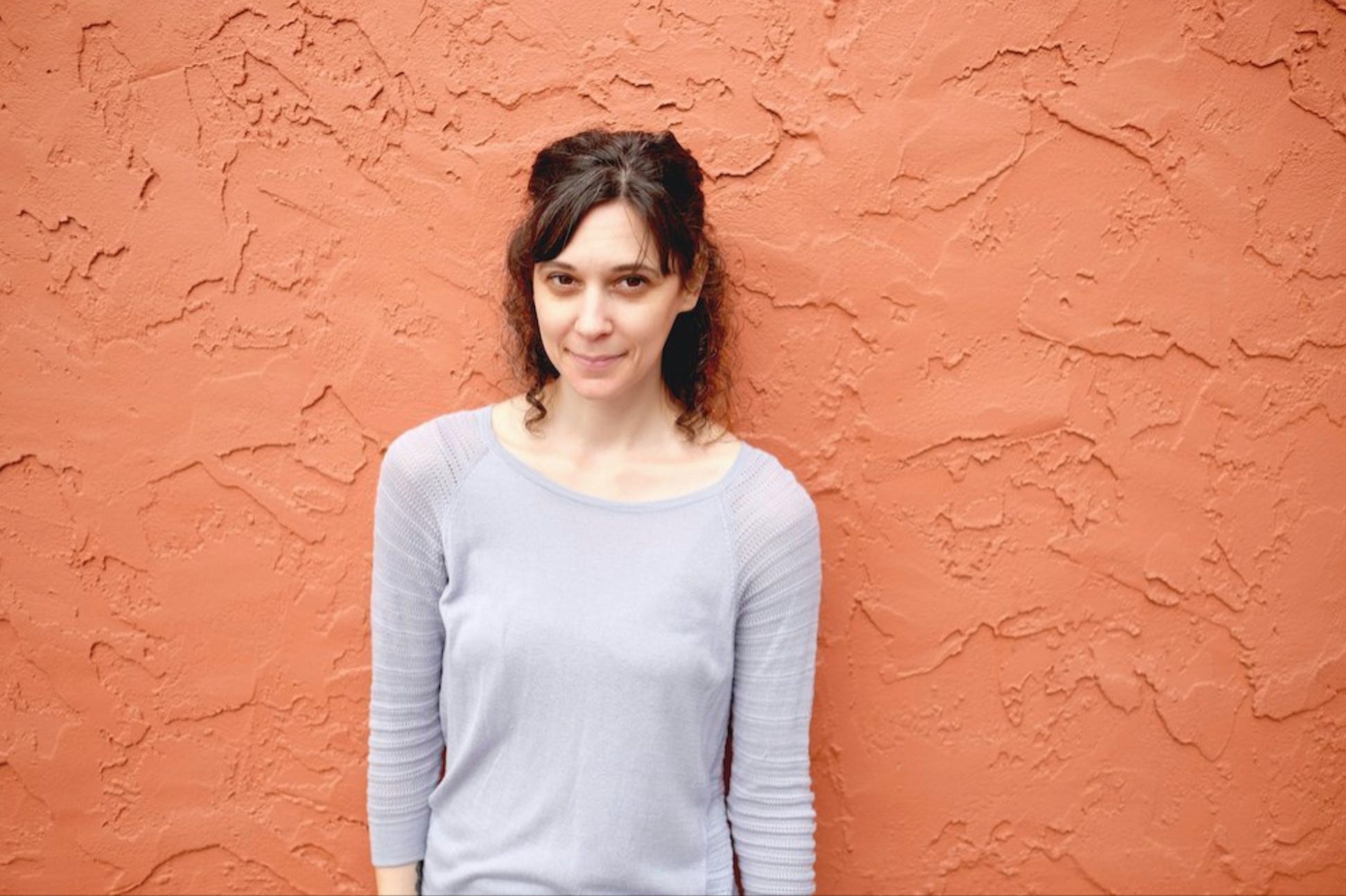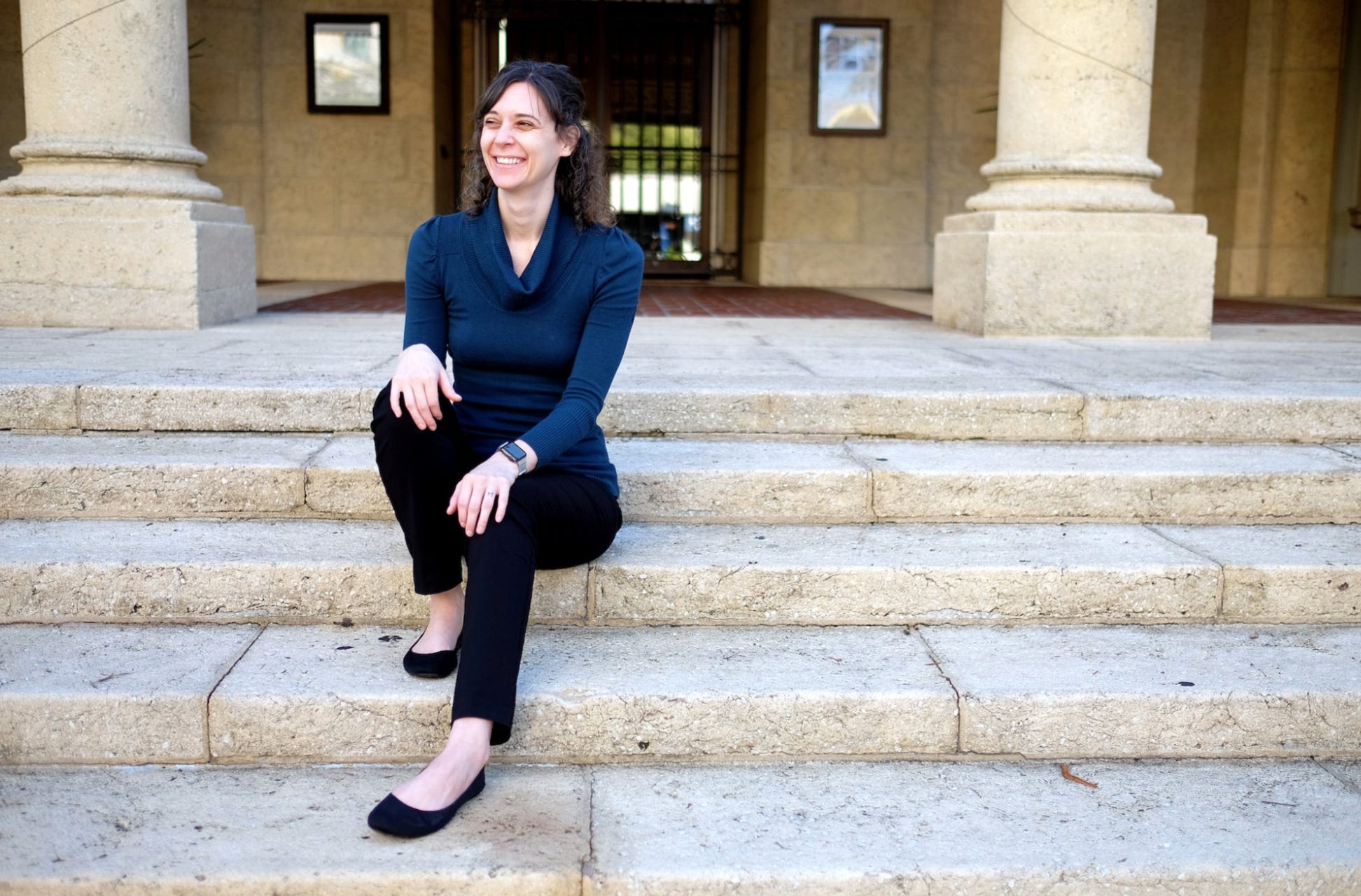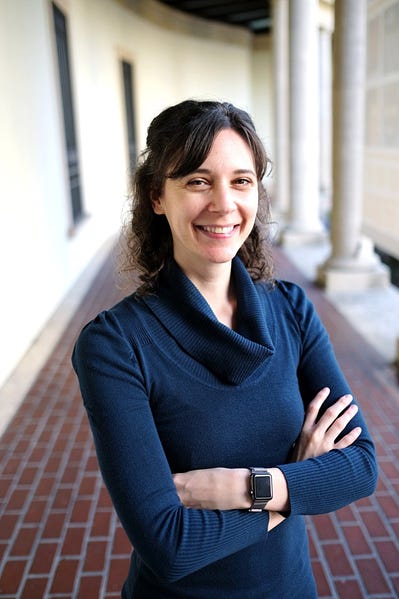"I'm re-learning how to show up as my full self": A Conversation with Dana MirandaIt's time for a new interview! Next up: Dana Miranda, creator of the Healthy Rich newsletter and author of You Don’t Need a Budget.Our interview series features interesting people with something to say that the world needs hearing. Let me know what you think—we’ll continue to experiment and evolve along the way. 🙏 Introducing Dana MirandaIn today’s world of personal finance, Dana Miranda is known for her fierce commitment to serving readers overlooked by traditional advice. Her upcoming book, You Don’t Need a Budget, is both provocative and practical—a rare blend. I got an advance copy and wrote an endorsement, recommending Dana's advice “to anyone who feels shamed or disheartened by budget culture.” Here are a few highlights from Dana’s bio:
Naturally, we’re more interested in the person behind the impressive bio. And since this is 🌻 A Year of Mental Health, I’m interested in how people think about wellbeing in general. So let’s have some questions and answers with Dana Miranda! (There’s also a short audio recording from her—scroll down for that.)Qs & As with Dana
Wellbeing for me means space. When I’m doing OK, I can feel spaciousness in my mind and life — there’s room for my mind to daydream and wander, to spark creativity, to take risks and to try unfamiliar things. There’s room in my life for play and joy, for experiments, for people I care about and for work I love. In a lot of cases, “space” means “time” — time that’s not crunched by too many things on a to-do list or too many demands from other people, time to rest, time for self-care. But “space” is also the cushion I feel in my mind when I’m at peace, unworried and unburdened. Free time definitely supports this feeling of wellness, but the feeling also requires the mental work to be able to let go of any of the anxieties that would creep in to fill that space. When there’s plenty of white space in my calendar and my mind, that’s when I feel the healthiest.
Trust yourself. I've spent a decade writing for personal finance media, and I did a stint working for a personal development company. I’d expect our approach to financial wellness to be similar to our approach to overall wellness, but I found these industries sharing opposite messages. In personal development, so much of the work we do is about learning to trust ourselves—finding confidence, learning to forgive, discovering our voice. But in personal finance, the advice discourages self-trust by prescribing one-size-fits-all rules: fad budgets, debt-payoff plans, “good” versus “bad” spending, the “best” credit cards, the “right” savings for every stage of life, the most “responsible” money moves. In You Don’t Need a Budget and in my writing in general, I try to dismantle that trend and encourage folks to tune into their inner wisdom to make financial decisions in line with their goals, values and best interests—because the prevailing rules don’t support those for most of us.
I’m not 100% behind the financial education mandates that have been passing in states around the U.S. These are state-level laws that require a financial literacy class for high school graduation. They get overwhelming bipartisan support in state legislatures that haven’t been able to agree on anything in a decade, and my colleagues see them as a no-brainer. But we’re underthinking them. I’ve written about my opposition to these mandates here and here … and here (follow me; I’m sure I’ll have more to say!), but here’s the gist: Like most new education requirements, these are mostly unfunded mandates. Schools are forced to incorporate financial ed, but teachers don’t get any new resources or training in this highly specialized subject. It’s just another way we throw K-12 educators to the wolves for minor political wins. I have many other objections, including what’s taught as “financial literacy” and how we expect this education to solve hundreds of years of economic inequality, but better funding is something I’d expect more lawmakers to fight for, and I’m dumbfounded watching these mandates sweep the nation to unquestioning applause. Dana’s Audio Recording 🎙️I usually ask our interviewees to make a short audio recording in addition to the written questions. This isn’t a long podcast interview, it’s just two minutes long—so you don’t want to skip it. Here’s the one from Dana! ⬇️ Okay, back to some more Qs and recommendations!
Last year, I moved back to (essentially) my rural hometown after nearly 20 years of fleeing it to live in cities. I wanted to be near family and live at a slower pace. But the way our culture is divided means majority-white, rural areas like this are dominated by a cruelly exclusive conservative mindset that doesn’t appreciate a queer, unwed, childfree, self-employed woman like me. I don’t think I’m alone in this experience; I hear from many millennials who’ve returned or feel like they can’t return to these places, and it leaves us disconnected from our roots. I cherish so much about the state of Wisconsin as my home, and I was excited to move back and reconcile the person I’ve learned to be outside of this place with the core of me that was raised here. It’s been painful to discover that this place only wants a certain version of me, and now I’m re-learning how to show up as my full self and bring my strengths to benefit other people in the community experiencing that rejection. The biggest struggle is to not acquiesce to the rejection and flee again.
Always try to consider the most vulnerable people. I learned this from a conversation with my friend Eliza Cussen, who talked about (in tech) designing for the most vulnerable as a way of ensuring everyone is included and supported. The most straightforward example of this is the curb-cut effect: Those little ramps we have on sidewalks in the U.S. are required by the Americans with Disabilities Act because they make the built environment more accessible for people who use wheelchairs. But guess who else they make the environment better for? Everyone. Parents pushing strollers, people on skateboards, workers pushing carts and, according to one study, nine out of 10 people who are just walking without any additional encumbrance, all use the curb cut over a curbed spot in the sidewalk. The curb-cut approach is important for policymaking and business decisions, but it can also inform our day-to-day beliefs, words and actions. In any move we make, we can ask, “Who’s the most vulnerable in this situation, and how can we best support them?” That approach is almost guaranteed to make a better world (or day) for everyone involved.
Some amazing women offering important perspectives on work and money: And my friend Marian Schembari has a book out in September about her late-in-life autism diagnosis that is a brilliant combination of her beautiful storytelling and sharp wit — please buy it and read it! It’s called A Little Less Broken. Big Thanks to Dana Miranda!Be sure to check out her newsletter, Healthy Rich, and pre-order her upcoming book, You Don’t Need a Budget. As I said, I love how contrarian and useful it is. 🎖️ Finally, “like” or comment on this post if you enjoyed the interview! More are in the works, so be sure you’re subscribed—and stay tuned. 🙏 See alsoYou’re currently a free subscriber to 🌻 A Year of Mental Health. For the full experience, consider upgrading! |
Friday, November 15, 2024
"I'm re-learning how to show up as my full self": A Conversation with Dana Miranda
Subscribe to:
Post Comments (Atom)
-
insidecroydon posted: " Become a Patron! What's on inside Croydon: Click here for the latest events listing...








No comments:
Post a Comment